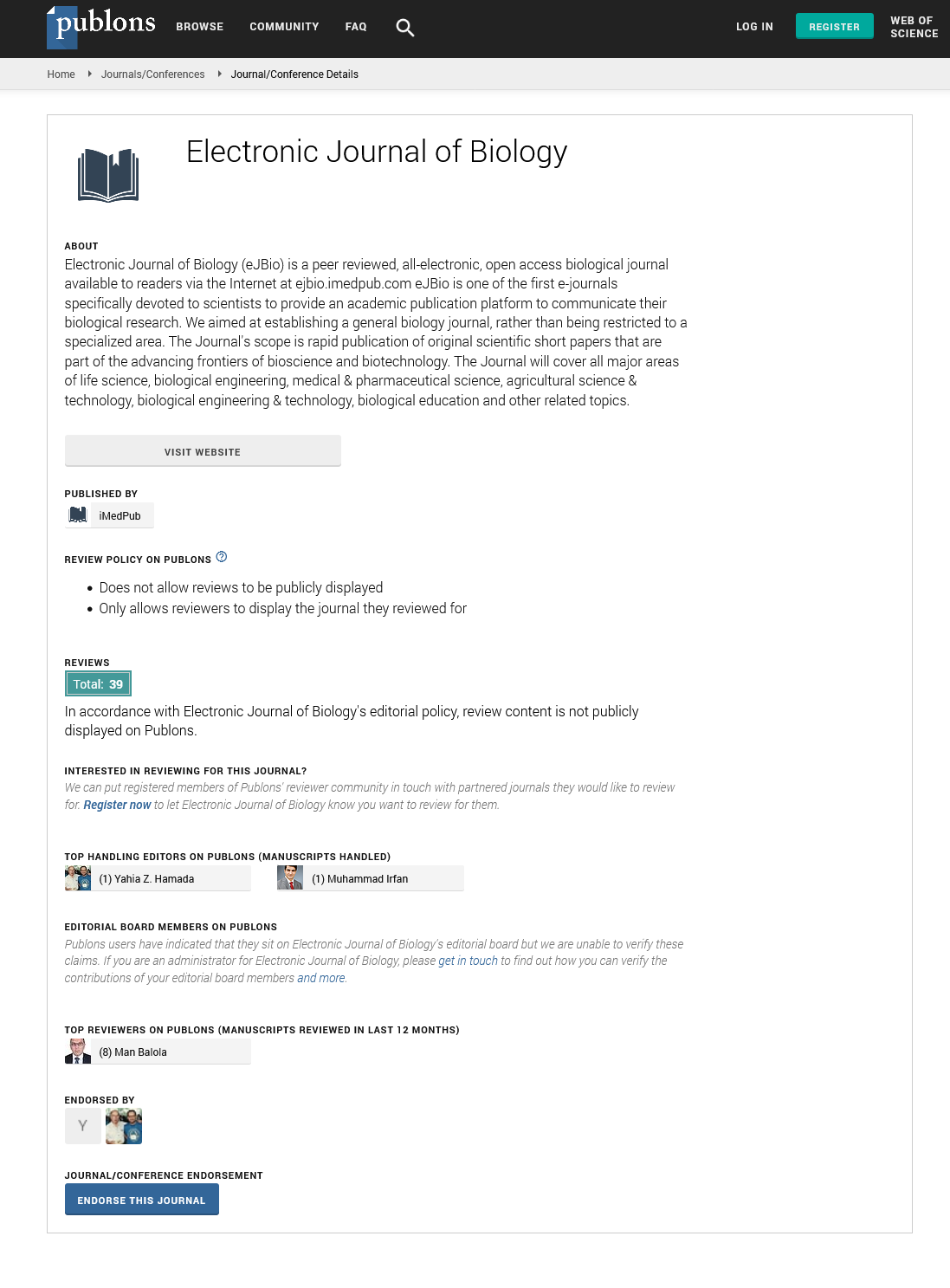Abstract
Reassessing the Implications of Lead Toxicity on the Environment and its Consequences on Human Health
Rapid industrialization is a global trend and a cause of concern for those who care about its unwanted consequences. Industries rely heavily on chemical processes requiring heavy metal compounds which eventually lead to their efflux or emission into the surrounding environment. Heavy metals are toxic in nature to varying degrees and cause a host of diseases in man. Lead (Pd) is a greater health hazard owing to its extensive use in the products that come in our contact on a daily basis. Lead pipes are a source of lead exposure through water whereas the antiknock compounds cause its exposure through air. This review takes a closer look at the various physiological effects of lead toxicity in the light of latest studies that have added significant pieces of experimental evidence to our knowledge of mechanisms underlying toxic effects of Lead which often prove lethal and may even go undetected. The review discusses the possible sources and routes of lead exposure and elaborates on its toxic effects with special reference to nervous system, cardiovascular system, haemopoietic system, excretory system and reproductive system. It is hoped that a thorough understanding of the mechanisms of lead toxicity will lead to development of better strategies of prevention and treatment of lead toxicity.
Author(s):
Agha Parvez Masih* , Baqri SSR, Gupta Rajesh, Bajpai KG, Abbas SS
Abstract | Full-Text | PDF
Share this

Google scholar citation report
Citations : 5001
Electronic Journal of Biology received 5001 citations as per google scholar report
Electronic Journal of Biology peer review process verified at publons
Abstracted/Indexed in
- Google Scholar
- China National Knowledge Infrastructure (CNKI)
- CiteFactor
- Electronic Journals Library
- Zoological Records
- WorldCat
- Proquest Summons
- Publons
- MIAR
- Openaccessarticles.com
- Secret Search Engine Labs
Open Access Journals
- Aquaculture & Veterinary Science
- Chemistry & Chemical Sciences
- Clinical Sciences
- Engineering
- General Science
- Genetics & Molecular Biology
- Health Care & Nursing
- Immunology & Microbiology
- Materials Science
- Mathematics & Physics
- Medical Sciences
- Neurology & Psychiatry
- Oncology & Cancer Science
- Pharmaceutical Sciences


